Design Thinking to Support Students’ Ownership of the Learning Process
The PYP Principles into Practice introduced a Design Thinking Process based on the Stanford University D-School of Design’s model. This is one example of how the Design Thinking Process can be integrated into a unit of inquiry with Grade 3 students.

Armin Martin is an IB Educator and teacher on special assignment in the areas of making, inquiry and technology at Munich International School.
At Munich International School (MIS), the Design Thinking Process is an integral part of many units of inquiry. The Design Thinking Process promotes design thinking and systems literacy. This is a recent Grade 3 example.
With the How We Organise Ourselves unit approaching, teachers took advantage of a request to test ski helmets at the school. Two MIS alumni came to the school to trial ski helmets with different students aged 5 to 6 years old. The Grade 3 students were invited to observe the testing including the recoding of test results. The MIS alumni shared information from the trials and the desired features of the ski helmets.
As part of this unit, the Grade 3 students were invited to design a product for the Grade 2 students. The central idea stated: Societies use systems of production, exchange, and consumption of goods and services. Grade 3 students inquired into design with ‘take-apart’ lessons to explore the design features relevant to items of interest that students brought from home to school. The Harvard Graduate School thinking routine, Parts-Purposes-Complexities, was used to take a systematic approach to design principles relevant to everything found in our environment or brought from home by a student. Students took toys, technological devices and everyday items apart and carefully recorded the components and process. With particular emphasis on the many features of each part, students were then supported in identifying the boarder systems required for production with the Harvard Graduate School thinking routine, Parts-People-Interactions. Students discovered a new found respect for some of the most simple toys or everyday objects.
Grade 3 students then started conducting surveys of their market: Grade 2 students. Information was interpreted, recorded and graphed. Then the students started to design products that fit their market while empathising with the Grade 2 students. Through this design process, the students defined the product and each part, purpose and complexity in making the product. The students thought about their role in the production system with the parts, people and interactions thinking routine.
Midway through the unit, the students visited the ski factory, design and testing facilities to learn how the design cycle is used in the production of ski helmets and bindings.
The students developed several prototypes, tested them and then chose one prototype to model the production of more products. The students developed advertisements as part of marketing their products. Grade 2 students visited the Grade 3 ‘market’ and purchased items with 10 Euro credit in for form of fake money. The Grade 3 students had to then calculate their earnings or lack thereof in addition to the net loss from credit taken for the various supplies and materials required for production. Students used primarily upcycled goods for in their products.
The JS Maker Space was of particular importance throughout the unit with the teacher on special assignment for technology, inquiry and making. Students learned to use specialised tools for the safety in the ‘take-apart’ of different items. Many students chose to continue this type of research during open ‘drop-in’ times in the JS Maker Space. The students learned and applied different thinking routines and design techniques in producing their prototypes and products.
Armin is an IB Educator and teacher on special assignment in the areas of making, inquiry and technology at Munich International School. As a workshop leader, he has presented workshops on mathematics, ATL, language, making and student agency centred learning environments. He brings experience learning and teaching or administering at different levels from preschool to university level on four different continents. Agency is his mission as a teacher co-teaching with roughly 400 students and 60 teachers on making, inquiry and technology in the MIS Maker Spaces (indoors and outdoors) and in learning environments across the school. Armin is passionate about the application of new research and pedagogical approaches to empower students in having greater voice, choice and ownership of their learning.

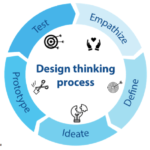
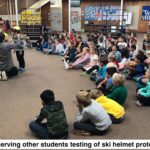
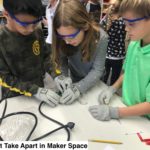
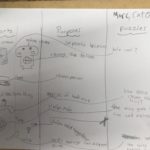
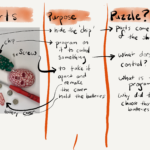

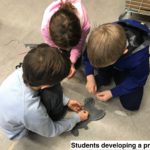
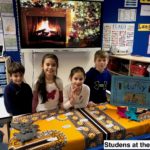
No comments yet.